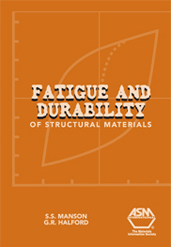Technical Paper
Panel and Back
1980-04-01
800624
The business jet industry is in the midst of a prolific avionics revolution which, if not properly integrated, will soon result in a semi-crisis of having used up all the panel space, all black box space, lowered reliability, and increased weight. It can be alleviated if our industry joins together to plan for its advent.





